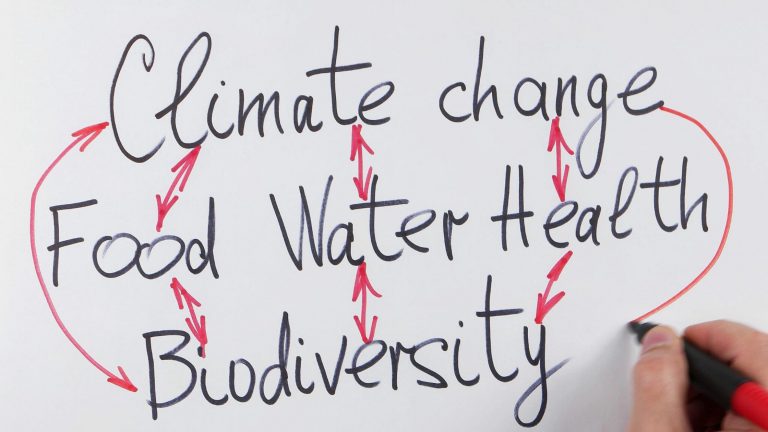Last week I wrote about the abundance of food that we produce globally – more than enough to feed everyone in the world. This productivity is a good thing. We can be thankful that we are no longer in a situation where we are concerned about having enough.

But all this productivity has come at a very high price, because our food systems are also making us ill. The flip side to malnutrition has become overweight and obesity.
Food poverty is connected to the problems of overweight and obesity. This seems ironic. The poorest have both not enough and too much. It’s called the ‘double burden’ of malnutrition.
One challenge is that the cost of good (healthy) food is relatively high. Already low-income households spend a higher proportion of their incomes on food. The UK average is 8% but for those on lower incomes it’s almost double that. That spending is on average for food that is less healthy. Similar patterns have been identified in the US and elsewhere.
Cheap food is, by and large, unhealthy food. The very poorest don’t have enough to eat. But those with slighter higher incomes often consume large quantities of foods high in fat, sugar and salt. An estimate by the Food Foundation indicates that in the UK the poorest households would need to spend as much as 40% of their earnings on food in order to eat a healthy diet that would be in line with government recommendations.
Even if those on low incomes could afford to do that, good food is not always easily accessible. Food deserts is a term that describes the situation where people have limited access to healthy foods. In the UK, an estimated 10.2 million people live in food deserts. One in ten deprived areas in England and Wales can be considered a food desert. In the US, 39 million people – or 12.8% of the population—are estimated to live in food deserts according to the most recent USDA data (2015). The COVID-19 pandemic has made the situation worse, with restrictions on movement in some places, including public transportation and fear of traveling during the pandemic.
The problem doesn’t stop there of course. The majority of adults in the UK are overweight. Almost one in three of these people is obese. In high income countries overall, around two-thirds of adults are overweight or obese. Worldwide, 39% of adults were overweight in 2016 and 13% were obese. Astonishingly (to me at least), according to the World Health Organisation, most of the world’s population live in a country where overweight and obesity kills more people than underweight.
Thus, the problem goes beyond income inequality. For most of us, the individual ‘cost’ of food has shifted from our pocketbooks to our midsections (and our mental health).
At a societal level, it has put enormous strain on our health care systems. When you consider the implications of a poor diet, the reality is tragic. Unhealthy diets are linked to a multitude of non-communicable diseases, including cancer, heart disease, and diabetes. Public Health England estimate that in 2015 the overall cost of obesity to society in the UK was £27 billion, including just over £6 billion for the NHS alone to treat overweight and obesity-related ill health.
The COVID pandemic has driven that challenge home. Those who are overweight or obese have an increased risk of complications and death from COVID-19. Compounding the effect, at-risk populations have been eating even more unhealthy diets as the pandemic has unfolded.
The fact is that poor diets are becoming an increasing problem everywhere our modern food system reaches (and that’s pretty much everywhere).
Unfortunately, the solutions most commonly posed for this problem focus on diet and exercise—and rely largely on the individual to address. If only it were so ‘simple’ to just eat less and move more (as if anyone who’s tried either has found it ‘easy’ in a weight loss context).
One of the primary reasons we want to eat so much unhealthy food is because our evolutionary biology has us hardwired to do so. We’ve not always had access to such abundant food sources. And we’ve evolved to eat as much calorie-dense food as possible when it’s available. Indeed, in some ways we can’t get enough. But these days there’s never a lack of the high-calorie stuff around. Whatever our good intentions, argues Stephen Guyenet in The Hungry Brain, nonconscious parts of our brain lead us to desire certain foods, even when we’re not hungry. Many foods are literally designed to maximise our cravings for them.
In short, I don’t think individuals alone should be responsible for dealing with the problem. We need a major shift in the way we, collectively, through policy and practice, in the private and public sectors, as individuals and communities, think about what and how we eat. It requires a a complete food systems transformation.






